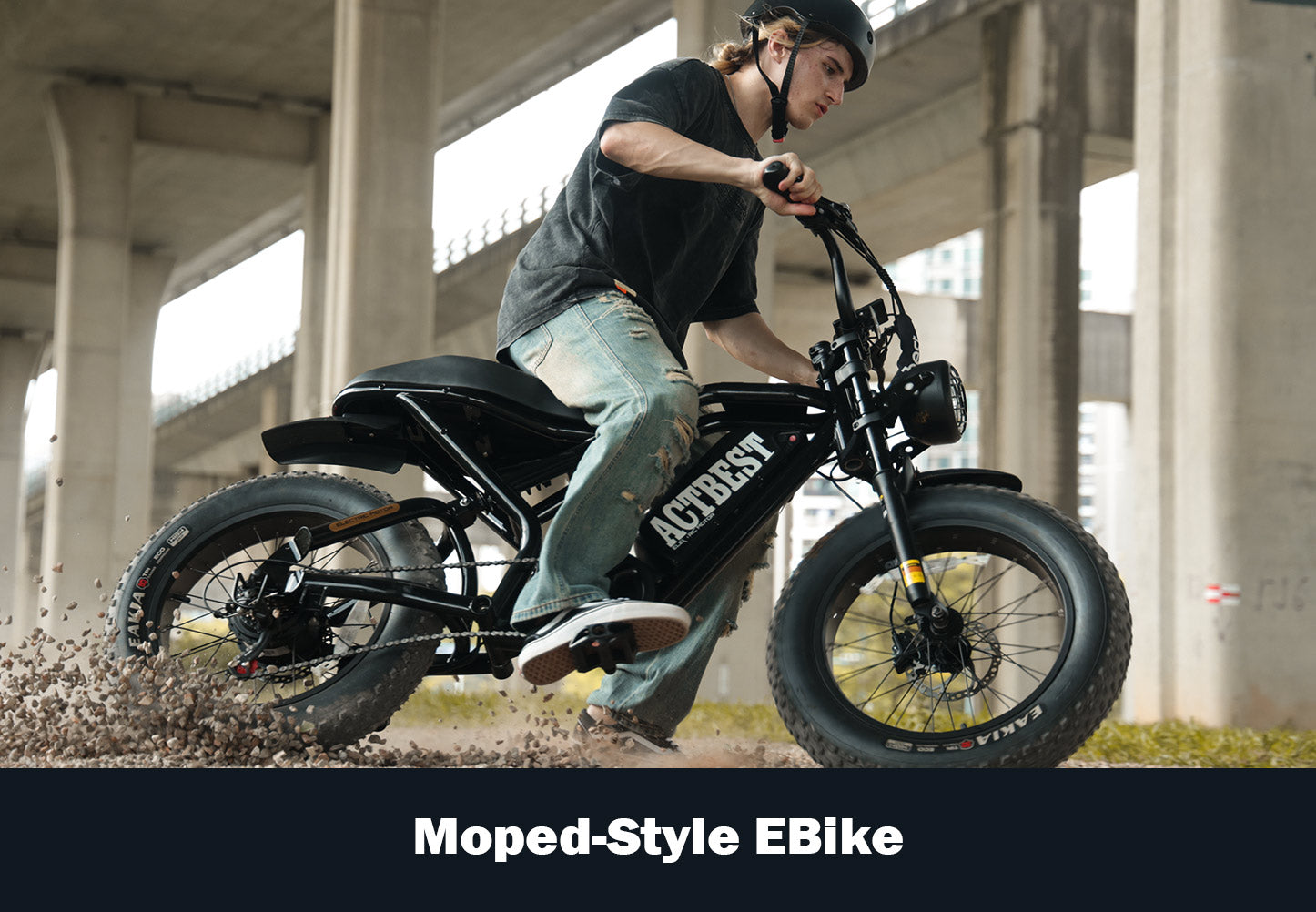Unleash Your Ride: The Ultimate Showdown Between Electric Bicycles!
Electric bicycles, commonly known as ebikes, are rapidly gaining traction among cycling enthusiasts and casual riders alike. With urban congestion and environmental concerns on the rise, many are turning to ebikes as an eco-friendly and convenient mode of transportation. Not only do they reduce your carbon footprint, but they also offer the thrill of cycling while providing an extra boost during those challenging climbs or long commutes. The appeal of ebikes lies in their versatility; they can be used for leisurely rides, daily commuting, and even off-road adventures. As the market expands, so does the variety of electric bicycles available, making it essential to compare different models and understand what best fits your lifestyle. Whether you're motivated by fitness, convenience, or sustainability, making an informed decision before purchasing an ebike is crucial.

Understanding Electric Bicycles
At their core, electric bicycles are traditional bicycles equipped with electrical components that enhance the riding experience. These key components include a motor, a battery, and a controller. The motor provides the necessary power to assist pedaling, while the battery stores energy to be used during rides. The controller acts as the brain of the ebike, managing power delivery based on the rider's input. Electric bicycles can be classified into two main categories: pedal-assist and throttle-controlled models. Pedal-assist models require the rider to pedal to activate the motor, offering a natural cycling experience with added support. On the other hand, throttle-controlled models allow riders to engage the motor without pedaling, providing a more scooter-like experience. Understanding these classifications will help you choose the right type of ebike that aligns with your cycling preferences.
Benefits of Owning an Electric Bicycle
The benefits of owning an ebike are manifold and can significantly enhance your daily routine. One of the most appealing advantages is the reduction in commuting time. With an ebike, you can navigate through traffic and reach your destination faster than in a car. This can be particularly beneficial in urban areas where congestion is common. Furthermore, ebikes promote a healthier lifestyle by encouraging physical activity. While some may worry about the level of exertion required, most riders find that ebikes allow them to enjoy cycling without the fatigue often associated with traditional bikes. Additionally, ebikes are environmentally friendly, providing a sustainable alternative to gas-powered vehicles for short trips. A friend of mine recently swapped their car for an ebike and reported not only a decrease in commuting costs but also an increase in overall fitness levels as they began incorporating cycling into their daily routine.
Key Factors to Consider When Comparing Electric Bicycles
When it comes to comparing electric bicycles, several key factors should be taken into account to ensure you find the right fit. First and foremost is the range; how far can the ebike travel on a single charge? This greatly affects usability, especially for those intending to use their ebike for daily commutes. Battery life is another crucial consideration, as it determines how often you'll need to recharge. The weight of the ebike can also influence your decision; lighter models are generally easier to maneuver and transport. Price is often a deciding factor as well, but it’s important to balance cost with the features and quality you're receiving. It's highly recommended to take test rides on different models, as personal comfort and handling can vary widely. Your specific needs—whether it's for commuting, fitness, or leisure—should guide your selection process.
Common Misconceptions About Electric Bicycles
Despite their growing popularity, electric bicycles are often surrounded by misconceptions that can deter potential riders. One prevalent myth is that ebikes are dangerous or that they encourage reckless riding. In reality, most ebikes are designed with safety features comparable to traditional bicycles, and riders are encouraged to follow standard cycling safety practices. Another misconception is that ebikes are low-maintenance or require special care; while they do require some attention, the maintenance is similar to that of regular bicycles. Lastly, many people believe that riding an ebike doesn't provide a workout. In fact, studies show that ebike riders often engage in more physical activity than those who rely solely on cars, as they are more likely to use their ebikes for errands and recreation. By addressing these myths, we can foster a better understanding of the true nature of electric bicycles.
Enhancing Your Cycling Experience with Electric Bicycles
In summary, electric bicycles offer a wealth of benefits that can enhance your daily life, from reducing commute times to promoting a healthier lifestyle. As you consider purchasing an ebike, it's important to weigh the various factors that influence your decision, including range, battery life, and personal comfort. By understanding the key components and dispelling common misconceptions, you can make an informed choice that aligns with your needs. The right ebike not only transforms your riding experience but also contributes positively to your overall well-being and the environment. So gear up, and get ready to unleash your ride with the perfect electric bicycle!






Comments